Asteroid 1991 VG: Certainly Peculiar But Definitely Not Alien
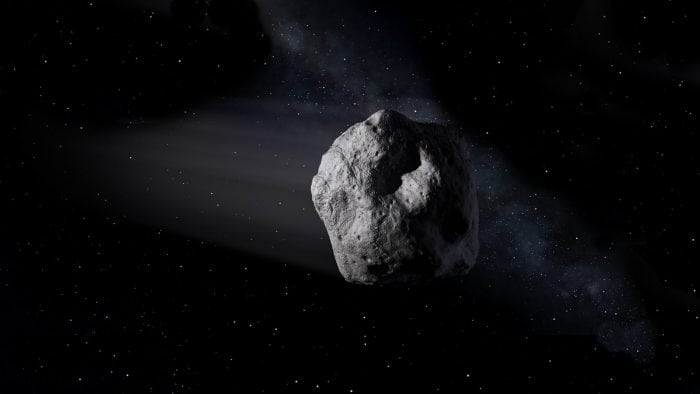
When small (about 10 meters or 33 feet) near-Earth asteroid (NEA) 1991 VG was discovered in 1991, it was the first one of its kind and…
Read more

When small (about 10 meters or 33 feet) near-Earth asteroid (NEA) 1991 VG was discovered in 1991, it was the first one of its kind and…
Read more
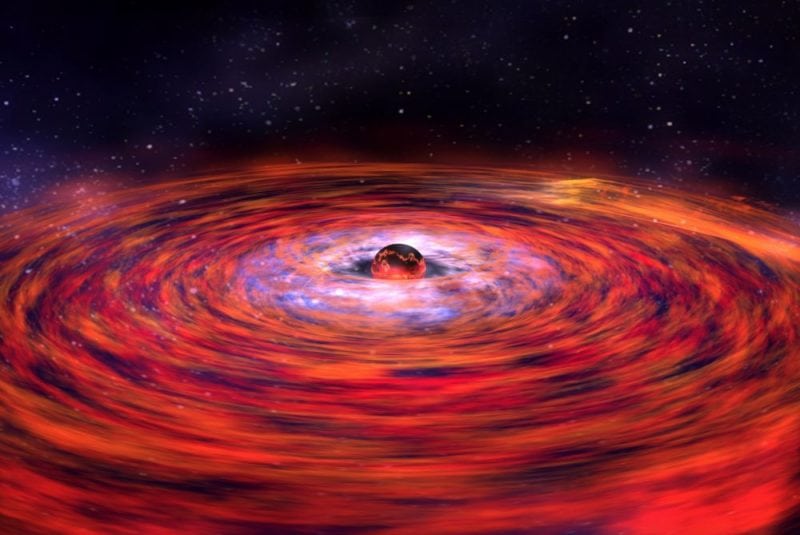
General Relativity is, currently, the best theory to explain gravitational phenomena. Published by Albert Einstein in 1915, the theory found agreement with known astronomical observations,…
Read more
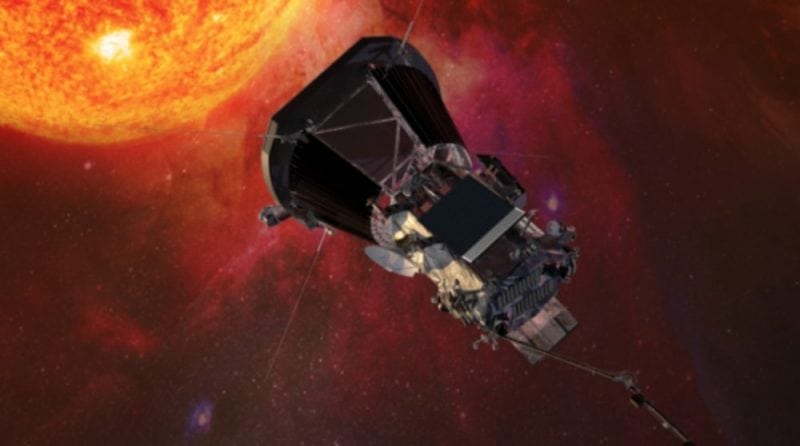
Parker in ApJ 1958 developed the supersonic solar wind theory and predicted the known today spiral shape of the solar magnetic field. His theory on…
Read more

While the word ‘aerosol’ conjures up images of spray cans, to atmospheric scientists the term refers to something different: small particles suspended in the atmosphere,…
Read more

Researchers established that many stars are part of multiple–star systems. Moreover, the ratio of multiple-star systems in our galaxy is assumed to be about two-thirds….
Read more
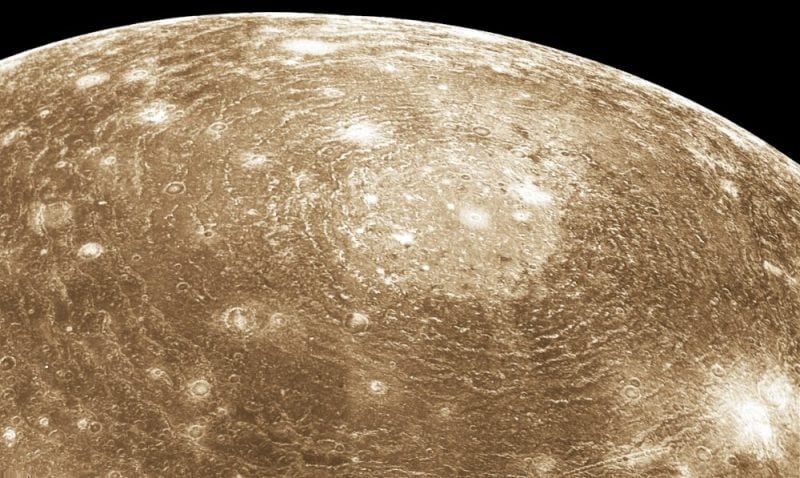
Space exploration has occupied a major impact on the changes that the modern society has experienced. The range of benefits it has brought is wide:…
Read more
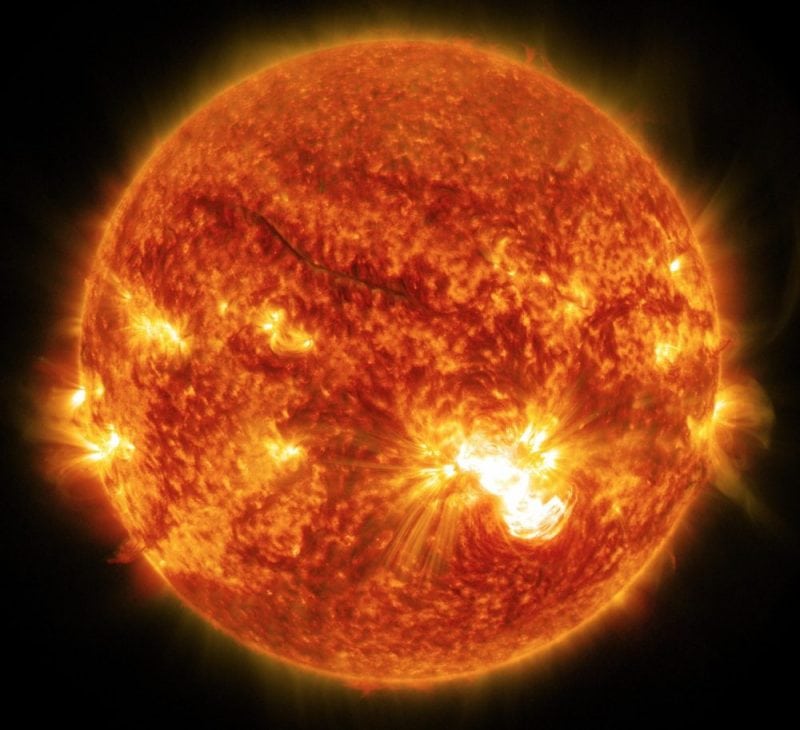
The Sun, our closest star, is a ball of plasma interacting with a magnetic field. This interaction leads to a host of fascinating and complex…
Read more
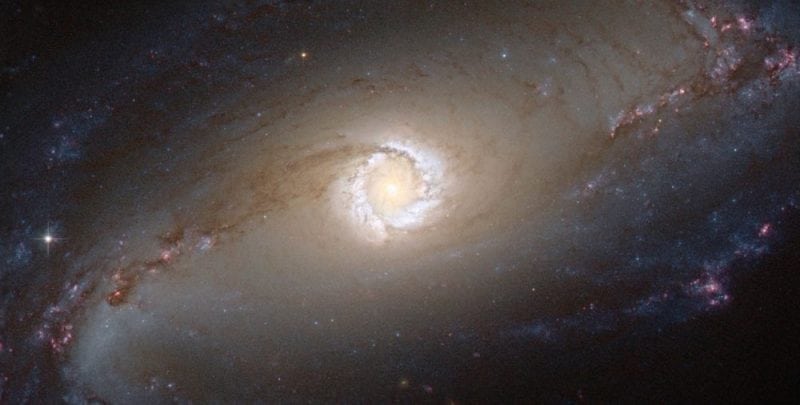
For now, there are trillion galaxies to be observed. These galaxies are classified into the spiral galaxy, elliptical galaxy, and irregular galaxy by their morphology….
Read more

Solar flares are abrupt brightenings in the solar atmosphere. The released energy is emitted throughout the entire electromagnetic spectrum, from radio wavelengths to high energy…
Read more

The solar corona is an outer and energetic layer of the Sun’s atmosphere, which contains many mysteries within itself. Therefore, every total solar eclipse becomes…
Read more

How far are we from the Center of the Galaxy? How far is the Sun from the center of the Milky Way (Galactic Center, GC)?…
Read more